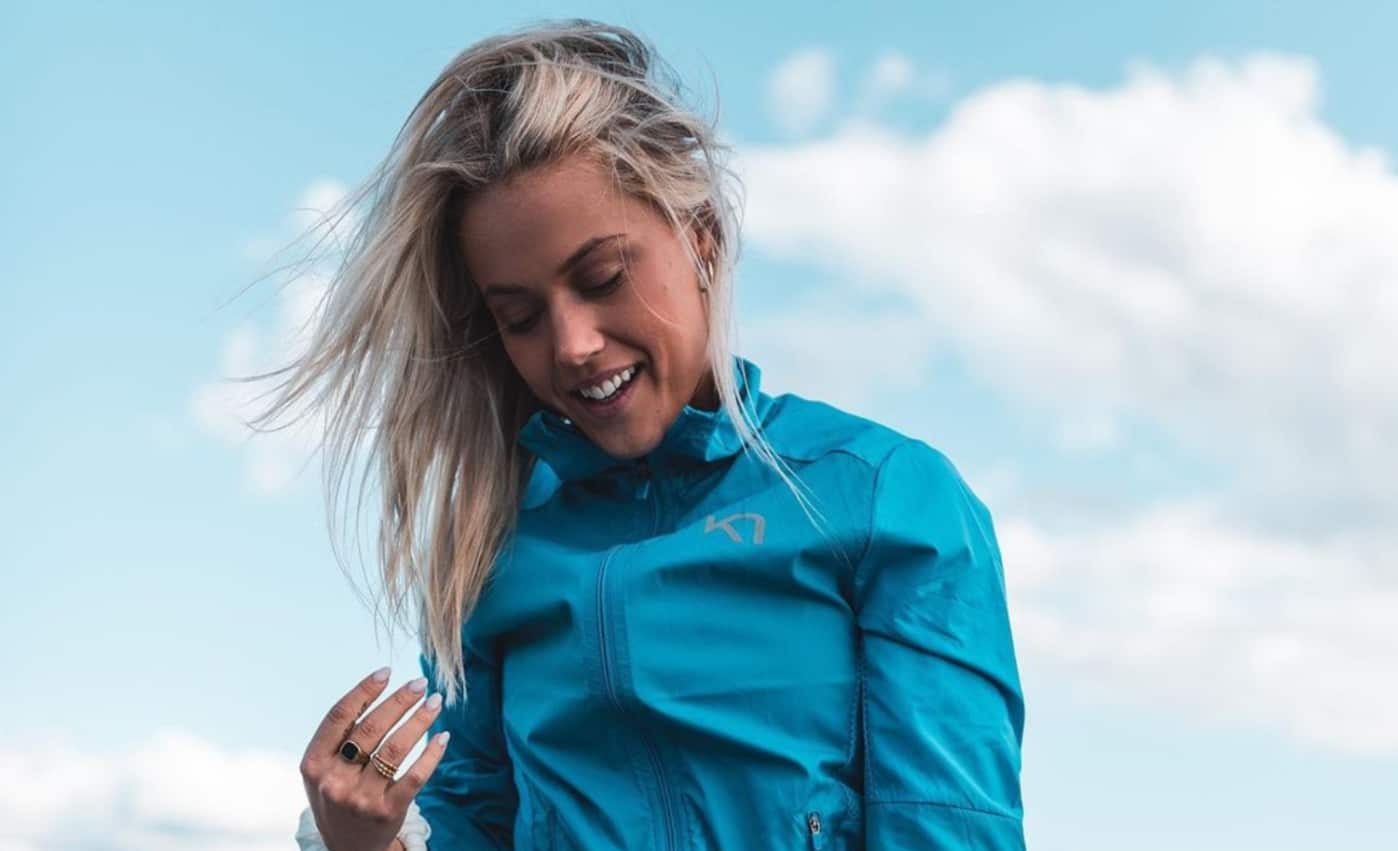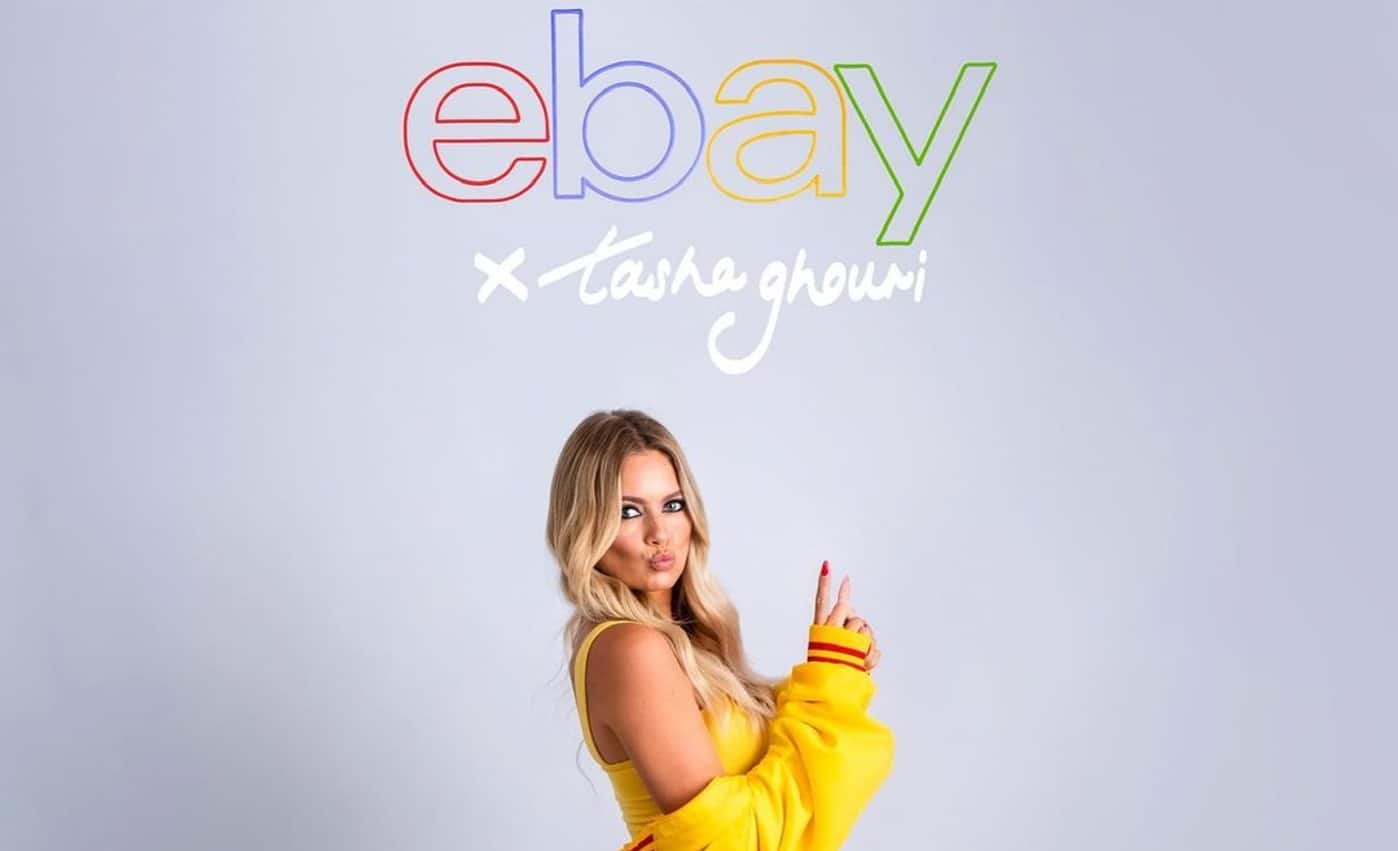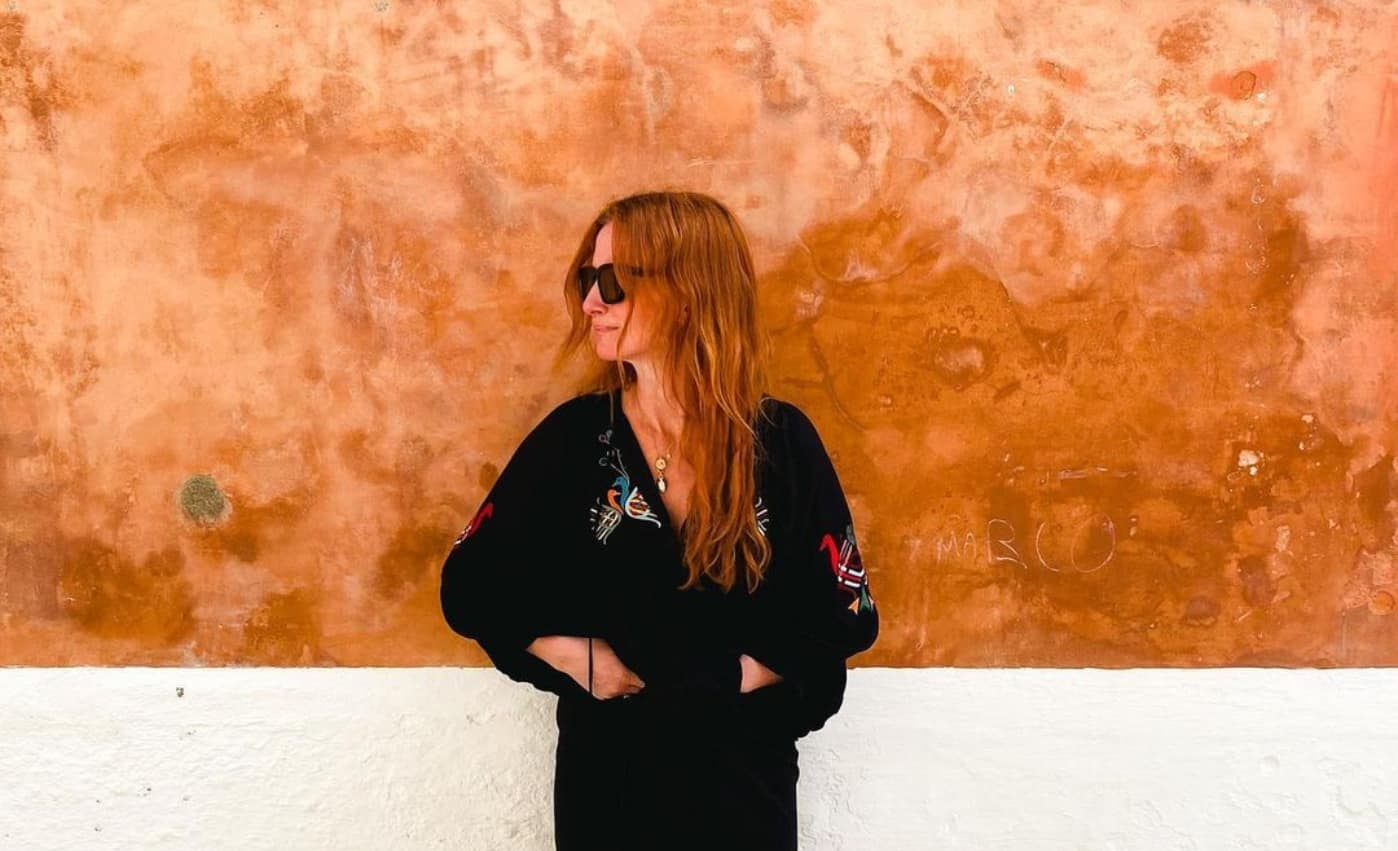Ginnie Chadwyck-Healey is at a crossroads. The always-elegant, cool-blonde fashion stylist and former Vogue staffer has become an accidental influencer, with 32,000 followers heading to the Instagram account she started in 2012 for a dose of wearable chic. However, Chadwyck-Healey has found herself in the slightly contradictory position of being a fashion and style guru who wants people to buy less, not more. An accidental activist as well as an accidental influencer, on a mission to encourage people to buy better, she has just completed a course with Cyd Connects to better understand how to become a B Corp influencer. This is in a world where social media is on an environmental blacklist, viewed through the same negative lens as the oil and gas industry. Fast fashion is, after all, responsible for nearly 10% of global carbon emissions and, according to Earth.org, the equivalent of a rubbish truck full of clothes ends up on landfill sites every second.
Key takeaways
- Unless you know exactly why and how your product is sustainable or climate-conscious, don’t shout about it in an ad campaign
- Creators should be telling their followers more about what goes into their collaborations with brands
- Consumers in 2024 will be shopping with brands that align better with their values
- Everyone should be asking: Where does it all go?
Fast fashion is why we are talking today. In 2023, I was scrolling through Instagram when I came upon a video of Chadwyck-Healey in her car. In it, she told us she had pulled over because she was so incensed by Naomi Campbell’s decision to participate in a campaign with PrettyLittleThing (PLT). Chadwyck-Healey hadn’t been able to stop thinking about it since it was announced, so pulled her car into a layby in Berkshire after the school run, and had a rant. “I was furious,” she says. “If I am an influencer, then what the hell is Naomi Campbell? She’s so much more than a supermodel, her influence is so vast that I was shocked that she’d considered it as a viable option to partner with PLT.” Chadwyck-Healey couldn’t fathom why someone who has worked with international women’s projects and initiatives, someone with “crazy levels of income” would feel “it was okay to endorse a brand like that”. She continued: “Here’s me worrying about wearing polyester and my tiny level of influence, and she’s on a global scale. There’s just a huge disconnect.” Her video has been viewed 72,000 times.
Chadwyck-Healey is all about trust and responsibility. The strapline to her consultancy business VCH Style – where she offers brands, such as John Lewis, advice on how to relay their credentials or offers a second pair of eyes on a collection – is Style with Purpose. She also contributes to The Telegraph, has a “Going Green” column in Grazia, and has styled the Princess of Wales, a fellow University of St Andrews alumna. Chadwyck-Healey is not asking anyone to abandon their love of clothes, but rather spend with “brands that align better with your values”, to consume more consciously. She is also acutely aware that shopping sustainably is often a privileged position to adopt, but feels the climate emergency means that everybody has skin in the game. “I’m not saying that fashion shouldn’t be accessible to everybody. But I do believe, however hard it is to hear, that we all have responsibility, a part to play. If you can afford to buy better, I believe you should, and if fast fashion is your main option, then it’s simply a case of slowing down.” And it’s not just about environmental issues, she adds: “A higher price often (although not always) means fairer wages being paid, and that people who are actually at the start point of that product being developed have been fairly treated as well.”
As a result, despite her discomfort at the idea of being an influencer, she is keen to use her influence to hero brands that give back and “support them, whether it’s writing about them in The Telegraph or Grazia, or talking about them or working with them”. She’s all about the “many tiny businesses with tiny marketing budgets that cannot cut through the noise and cannot afford to take a page of advertising. They’re the ones that are much more interesting to learn about.”
You may also like
Trust, she says, is her currency, so that her followers know the brands she is platforming are indeed what they say they are: “I want to be the real-life version of the Good Housekeeping seal of approval.” In fact, she lays down the gauntlet to brands, saying: “I will absolutely bang the drum for those that are able to approach me and tell me what they’re doing, because a lot don’t appear in my inbox, and that’s quite an interesting sort of filter.” Don’t bother emailing her though unless you are able to back up your claims. During the pre-Christmas period, she spoke to brands that had messaged her about their regenerative sequins, for example. “Then I asked more questions and the PR would say ‘sorry, we actually haven’t got the information on that. We’ll have to come back to you’.” She adds, exasperated: “No brand is perfect, and I’m open to hearing about progress but unless you know, don’t shout about it in an ad campaign.”
But it’s not just brands and their communications, she is also challenging her fellow creator community. She says: “I expect everybody now working with a brand of any size to be telling us more about what goes into that collaboration.” Influencers should be in the perfect position to be able to ask brands the questions and communicate the answers to their followers. But the problem lies in the obsession with newness; whether it’s the influencer needing new stuff for content, or the brands producing endless drops so nothing appears stale. Chadwyck-Healey points out: “The ‘new in’ tab is the most-used tab on any brand’s site.”
Chadwyck-Healey: How creators can become more sustainable
So how can the creator industry become more sustainable in her view? First up, Chadwyck-Healey thinks creators should: “Declare the number of gifts they accept, and declare what they do with the gifts after they’ve posed with them.” Chadwyck-Healey is concerned that people are not reflective enough about where all the stuff goes: “That’s what everyone should be asking for 2024: Where does it all go?” She is horrified by the rise of “gifting suites” in the UK, where creators are invited to choose a few items from a launch in return for posting about them. If a creator is gifted three products from multiple collections and posts about all of them, how is the consumer meant to distinguish between what is truly of value to them and what isn’t? Surely the trust is compromised? Not only that but she says: “I find it really difficult when clothing poverty is such a huge issue in this country, indeed globally, but you’ve got a small elite crew [which she fully accepts she is part of, due to her career] who are invited to choose free clothing. Just to take a photo and endorse it. It doesn’t sit comfortably in 2024.” She adds: “I do think influencers need to be doing an inventory stocktake. I’m just not convinced that you can just accept, accept, accept, pose, pose, pose.”
Next, if a creator does collaborate with a brand: “Please tell us more about the why and the how.” Chadwyck-Healey understands that “it’s really hard to be a brand on social media at the moment” but as result there is a “danger zone that we’ve got into, where people are literally creating product to make noise”. It is possible to do it well, she says. She points to Jigsaw’s recent collaboration with designer Roksanda Ilinčić: “On each item, there was a label like you would have on an art print: number 130 of 249. You knew it was a limited run. And I thought, ‘that is a really cool shift’.” She also works with Allbirds, which is an example of a huge brand that is ethically-focused. “I really think there are big brands that do brilliant stuff. Allbirds is huge and it deserves to be huge.”
2024 for Chadwyck-Healey is about squaring this difficult circle of conscious consumption. She is going to apply for that B Corp certification, which means you have to fully declare every step of your practice as a business: from charity, to supply chain, to pro bono work. It’s an expensive and complicated process but Chadwyck-Healey is going to put her money where her mouth is. She also, she says, will continue not to: “post as much as I’m ‘meant to’ (whoever set that ‘rule’, no doubt someone at Meta), because I firmly believe the noise, the garments, the newness, the unboxing, the gifting all contribute to the feeling of ‘gotta have it’.” She is going to be publishing a list on her website of all the gifts she receives, categorised as Accepted, Declined or Returned.
Next, she is going to continue using her channels to celebrate brands that are doing the work – “Influencers introduce people to brands they may never have heard of otherwise, because not every brand can afford to advertise” – and call out those who aren’t. The power is ultimately with the people, she says. “If you work really hard for your money, which all of us do, then why wouldn’t you aim to spend it with brands that align better with your values? It is about consumer collective spending power, and making that shift.” She laughs and adds: “Boom, I am an activist!” Accidental influencer and activist maybe, but perhaps Chadwyck-Healey’s strapline is wrong: it’s actually purpose with style here.
By Emilie McMeekan, CORQ features director. Picture credit: Ginnie Chadwyck-Healey










